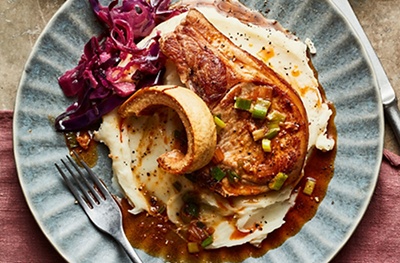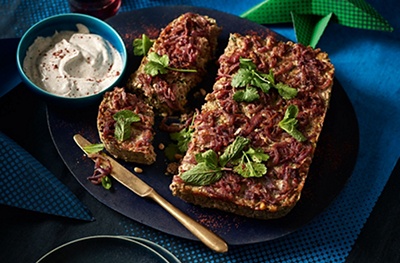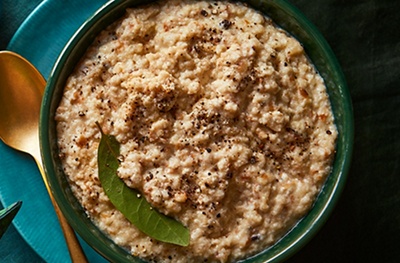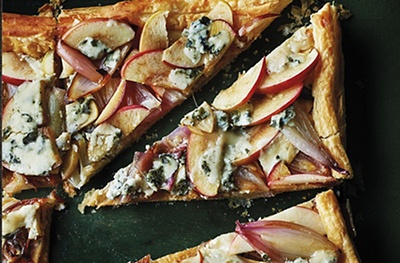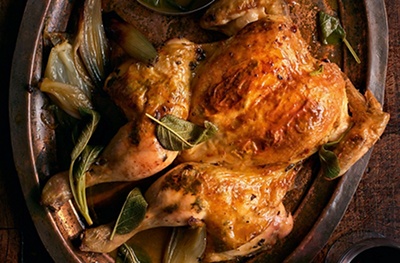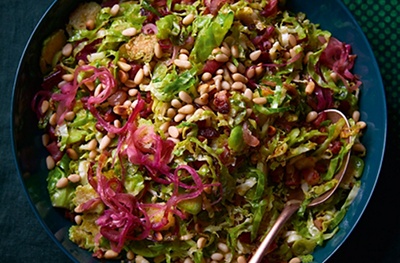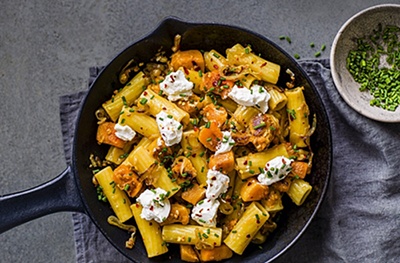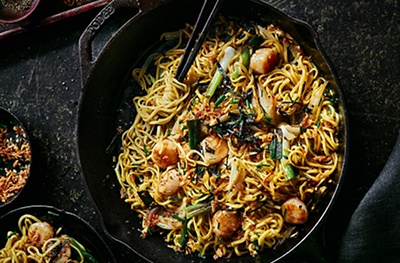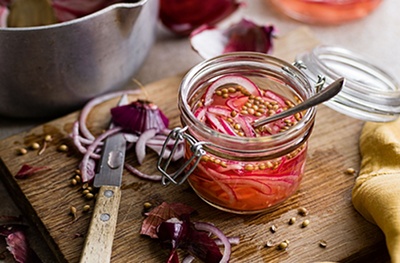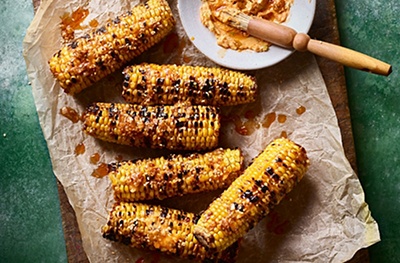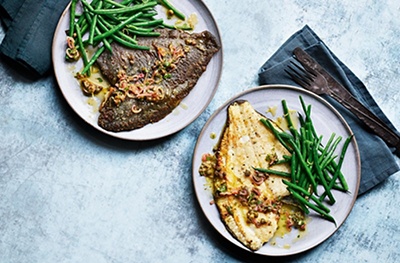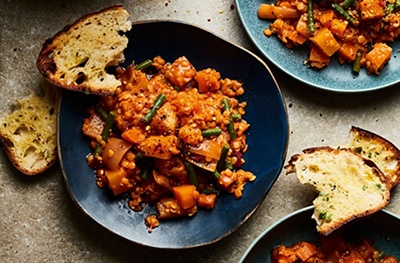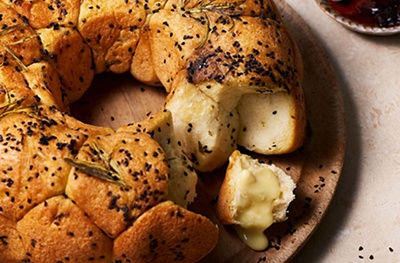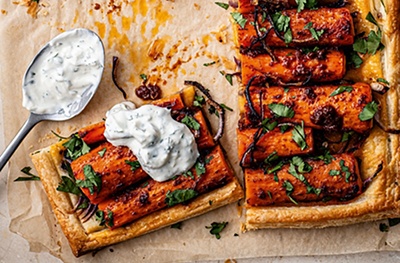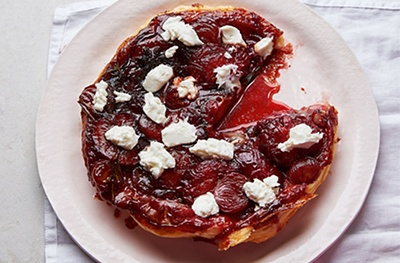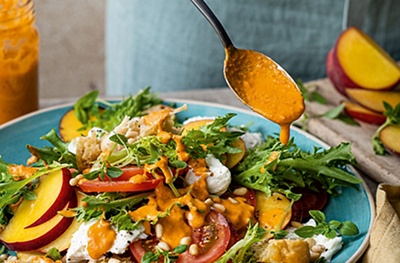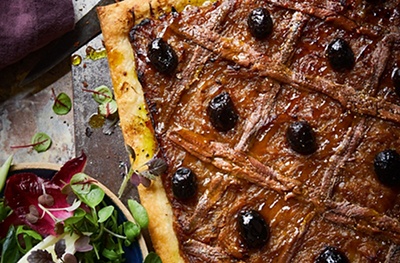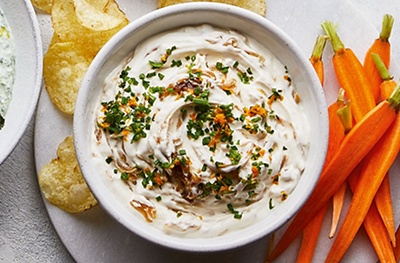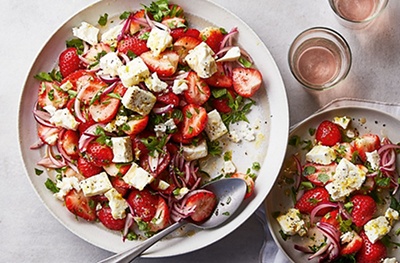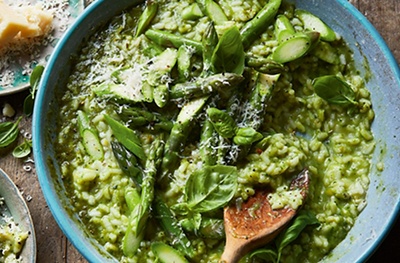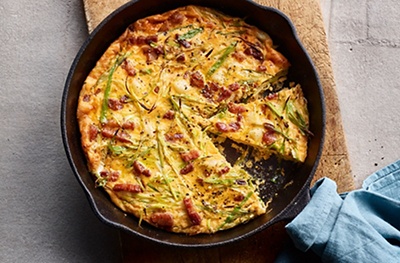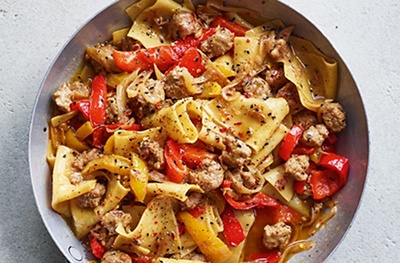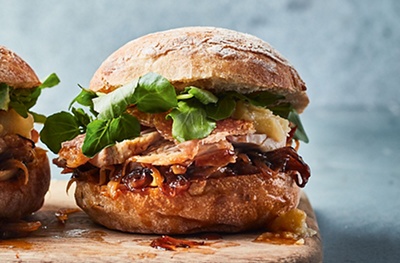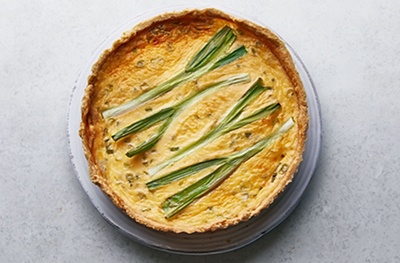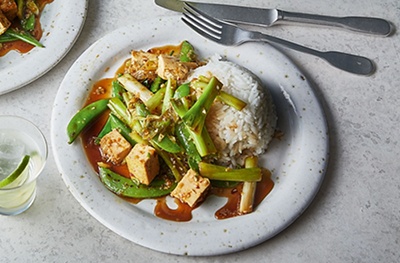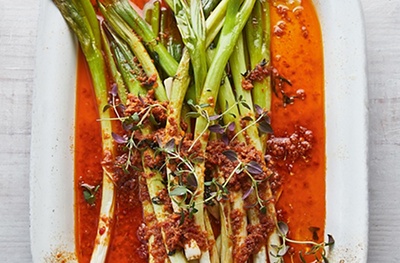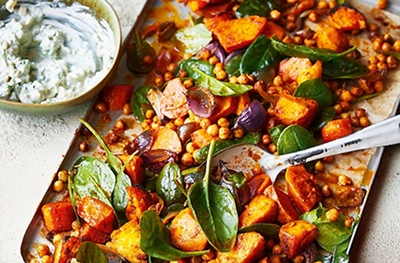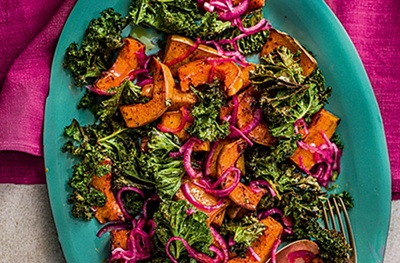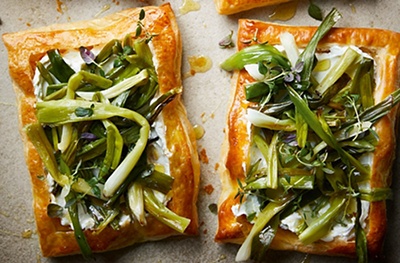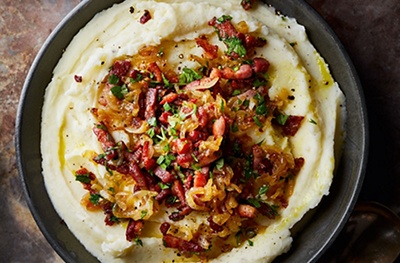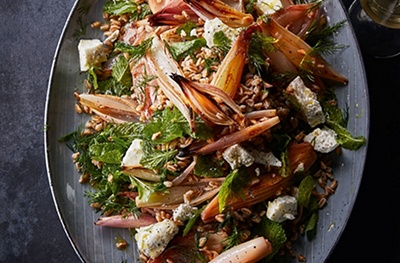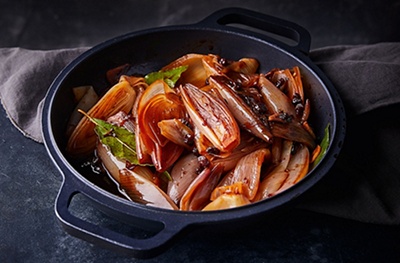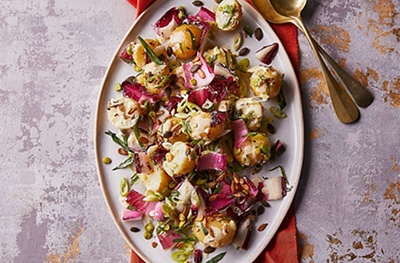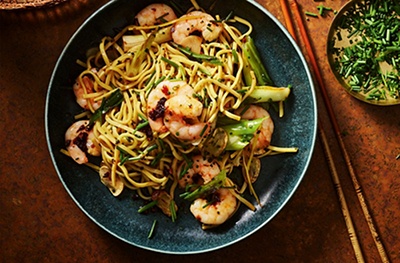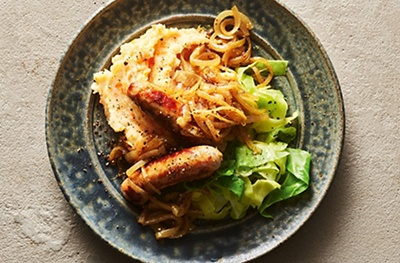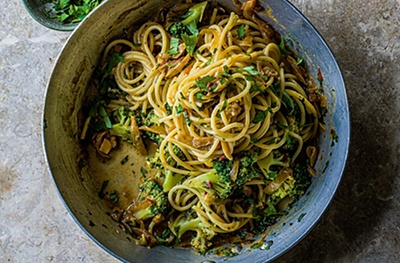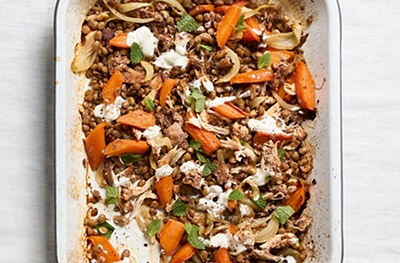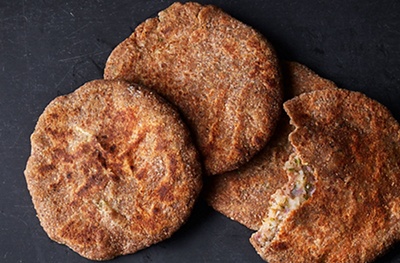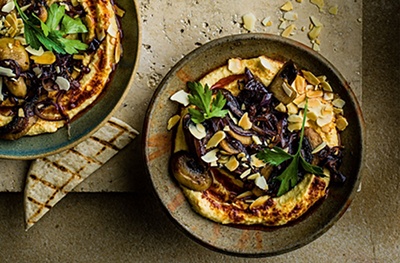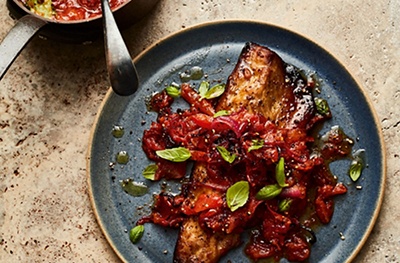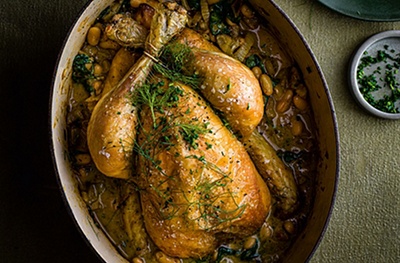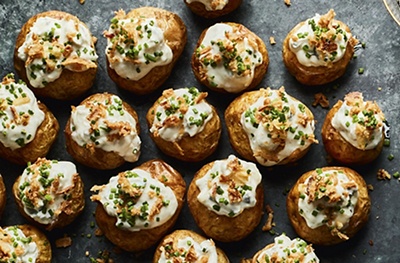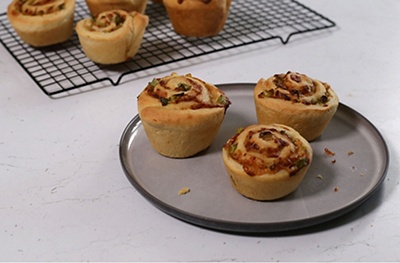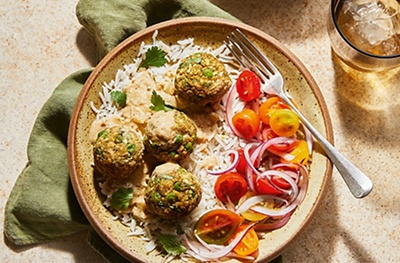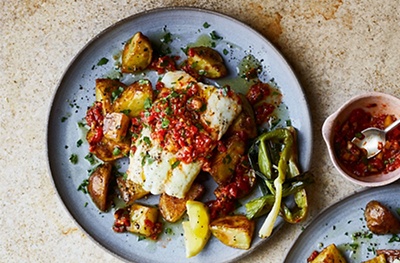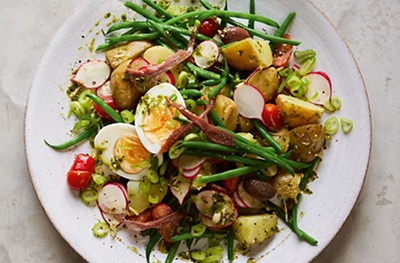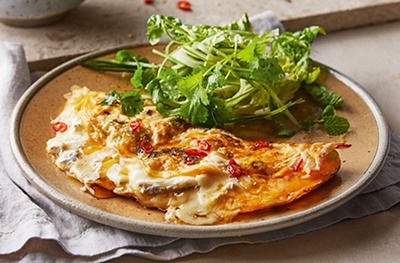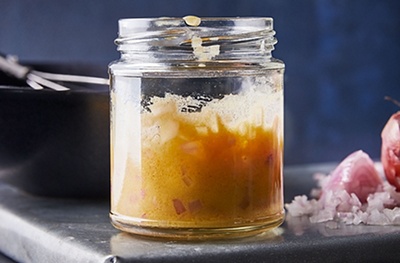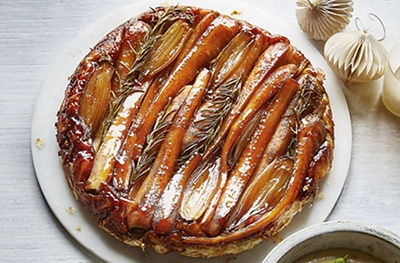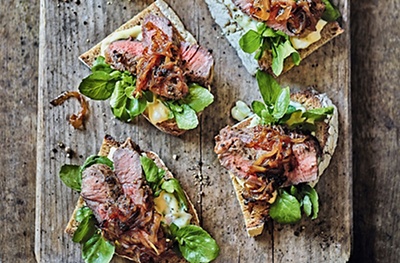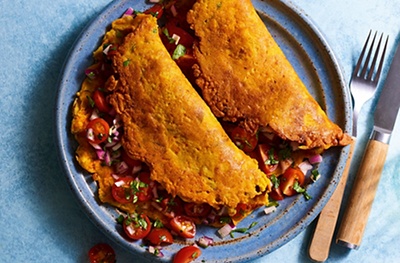Fresh & ChilledBakeryFood CupboardFrozenBeer, Wine & SpiritsTea, Coffee & Soft DrinksHouseholdToiletries, Health & BeautyBaby & ToddlerPetHomeShop by OccasionNewOrganic ShopFirst For WelfareDietary & LifestyleWaitrose BrandsBrandsNewEveryday ValueValentine's DayChristmas DinnerParty FoodWine, Fizz & DrinksFresh FruitFresh VegetablesIn Season Fruit & VegetablesFresh Salad & HerbsReady MealsFresh MeatFresh Chicken & PoultryChilled Fish & SeafoodMilk, Butter & EggsCheeseYogurtsChilled Juice, Smoothies & DrinksCooked Meats, Deli & DipsPies, Quiches & Savoury SnacksDessertsEasy To Cook MealsFresh Pizza & Garlic BreadFresh Pasta & SaucesFresh SoupsVegetarian FoodVeganFood To GoBreadFresh BreadCakes & TartsRolls, Bagels & ThinsBaguettes, Ciabatta & Continental BreadsWraps, Tortillas & Pitta BreadBirthday & Celebration CakesCroissants, Brioche & PastriesCrumpets, Pancakes & WafflesDoughnuts, Muffins & CookiesPart Baked Bread & RollsTeacakes, Fruit Loaves & SconesPatisserieBreakfast CerealCrisps, Snacks & NutsChocolate & SweetsBiscuits & CrackersTins, Cans & PacketsRice, Pasta & PulsesSugar & Home BakingJam, Honey & SpreadsDried Herbs, Oils & VinegarCondiments, Dressings & MarinadesJarred Goods, Pickles & OlivesDessertsCooking Sauces & Meal KitsIce Cream, Frozen Yogurt & SorbetsFrozen Vegetables, Herbs & RiceFrozen Fish & SeafoodFrozen Meat & PoultryFrozen Chips & PotatoesFrozen Ready MealsFrozen DessertsFrozen Fruits & Smoothie MixesFrozen Bread, Croissants & PastryFrozen PizzaFrozen Snacks & Party FoodFrozen Vegetarian FoodFrozen VeganIce CubesWineChampagne & Sparkling WineBeerCiderSpirits & LiqueursCocktails & Pre Mixed DrinksAlcohol Free and Low Alcohol DrinksTonic & MixersIce Cubes, Lemons & LimesGlassware & BarwareGiftsTeaCoffeeHot Chocolate & MaltsWaterSquash & CordialsJuicesFizzy DrinksAdult Drinks & MixersSports & Energy DrinksFunctional & Wellness DrinksKids & Lunchbox DrinksLaundry & DetergentsToilet RollsCleaning CupboardDishwashingGeneral HouseholdKitchen RollsCling Film, Foils & Food StorageCandles & Air FreshenersBin BagsEco FriendlyTissuesLight BulbsBigger PacksBath, Shower & SoapDental CareHair CarePharmacy & HealthFacial SkincareDeodorants & Body SpraysBody CareHealth & Beauty GiftingTissuesMen's ToiletriesShaving & Hair RemovalSensitive Bladder & IncontinenceNatural BeautyTights & SocksPeriod & Intimate CareSun Creams & After SunBaby & Toddler FoodMilk & FormulaBaby & Toddler ToiletriesBaby & Toddler WipesNappies & PantsBottles & Breast Feeding AccessoriesBaby & Toddler HealthcareBrandsBaby & Child ToysBaby Toys, Clothing & LaundryCatsDogsBird FoodShop By BrandTreatsCook & DineBeddingBath & Bathroom AccessoriesGarden & OutdoorCandles & Home FragranceHome AccessoriesFresh Flowers & PlantsToysCards, Gifts & PartyReusable BagsElectricalsStationery, Home Office & ElectricalsSewing, Clothes Care & RepairUtilityNewsagent & TobacconistNewsagentsGiftsBuild a Food HamperCharcuterieAfternoon TeaEasy Cook DinnerLunchbox EssentialsWork from Home LunchBottomless BrunchBreakfast on the GoMovie NightFresh, Chilled & BakeryDrinksFood CupboardHousehold & FamilyToiletries, Health & BeautyFrozenDuchy OrganicFresh & ChilledBakeryFrozenFood CupboardTea, Coffee & Soft DrinksBeer, Wine & SpiritsFree FromPet FoodBabyBeautyHouseholdBetter Chicken CommitmentFree Range PorkBritish LambFree Range EggsBritish BeefContinental CharcuterieResponsibly Sourced Fish30 Plants a WeekVeganFree FromVegetarianHigh ProteinHealthy OptionsAlcohol Free and Low Alcohol DrinksKosherB CorpFairtradeFunctional & Wellness DrinksPlant LivingMeat FreeNo.1 Waitrose & PartnersEssential Waitrose & PartnersDuchy Organic Waitrose & PartnersCooks IngredientsThe Levantine TablePlantLivingWaitrose & Partners FoundationLeckford EstateOttolenghiWildfarmedGymkhana SaucesAll Dressed UpBang! Curry KitsBay's KitchenBaz & CoBella & DukeBlanco NinoChariTeaFrejaGood PhatsHip PopLiving ThingsOcean SaverOdyseaOle & SteenOmega PresseryPlanet FarmsPresto CoffeePunchyRhythm 108SymplicityTap SocialThe Estate DairyThe Glorious MessThe Good Crisp CompanyTiba TempehTonic HealthTorresWilderbeeReady Made Pancakes & CrepesPancake Mix & IngredientsToppings & SaucesVegan & Free From PancakesFruit, Veg & SaladChilled Meat & FishDairy & EggsFood CupboardBakery & DeliFrozenTea, Coffee & Soft DrinksHealth & BeautyPet & HouseholdBooksNewspapersTobacconistNursery & Pre-SchoolStationeryMenyuJapanese IngredientsSushi and BowlsJapanese Sake and BeerJapanese Desserts and DrinksMother's Day GiftsMother's Day ChocolateValentine's Day Chocolate & SweetsValentine's Day Meal IdeasValentine's Day Gifts, Cards & WrapValentine's Day FlowersValentine's Day Wine, Fizz & DrinksValentine's Day BreakfastValentine's Day BakingBurns Supper InspirationDessertsWhiskyCooking IngredientsReady MealsAccessoriesVitamin DIronFemale HealthFruit and VegetablesMeat and FishDairy and Eggs
Onion recipes
Discover how to use up a glut of alliums with these delicious recipes for onions, shallots and salad onions.
Filter
Sticky onion & porcini mushroom soup
Pork chops with crackling, cider-braised red cabbage & salad onion butter
Turkey & courgette traybake with sumac onions and yogurt
Onion & chive bagel bread sauce
Apple, shallot & blue cheese tart
Sage butter spatchcock chicken with shallot & Madeira gravy
Brussels sprouts with red onion, pancetta & pine nuts
Caramelised butternut squash & shallot pasta
Scallop & onion yakisoba
Quick pickled red onions
Corn on the cob with gochujang, salad onion & honey butter
Pan-fried plaice with buttery capers & shallots
Spiced lentil casserole with shallots & root vegetables
Camembert monkey bread with onion marmalade
Summer carrot, red onion & harissa galette
Plum & shallot tarte tatin with goat's cheese
Tomato trimming, shallot & basil vinaigrette
Onion & anchovy tart
Hot dogs with beer-braised onions
French onion dip with gremolata
Strawberry, feta & red onion salad
Asparagus, salad onion & basil risotto
Creamy smoked bacon, potato & salad onion frittata
Sausage, sticky pepper & onion silk handkerchiefs
Roast pork buns with apple sauce & kimchi onions
Cheese & onion quiche
Salad onion, tofu & sugar snap stir fry
Sherry-braised salad onions with 'nduja butter sauce
Curry-roasted vegetable & chickpea salad with raita and crispy onions
Roast squash & kale with pickled onion
Roasted salad onion & goat's cheese tarts
Danish burning love (potato mash with lardons & onions)
Warm spelt, shallot & goat’s cheese salad
Sharp-sweet shallots
Warm potato salad with chicory, salad onions, caraway & super seeds
Spicy prawn noodles with salad onions & chives
Sausages with sweet & tangy onions & mixed root mash
Caramelised onion & anchovy spaghetti
Baharat chicken with lentils & onions
Maris Piper & onion parathas
Houmous with smoked chilli butter, crispy mushrooms & caramelised onion
Baked mackerel with tangy tomato, red onion & basil
Roast chicken with fennel, shallot & white bean stew
Baby jacket spuds with blue cheese & crispy onions
Cheese & onion buns
Veggie kofta korma with tomato & onion salad
Hake with roast red pepper sauce & charred salad onions
Hot smoked salmon, caramelised salad onion, pea & tarragon tart
Jersey Royal, green bean, salad onion & anchovy salad with pesto dressing
Double cheese, salad onion & chilli omelette
Shallot dressing
Parsnip, shallot & Marmite tatin
Open steak sandwiches with dark fried onions and Béarnaise mayonnaise
Pudla with kachumber (gram flour pancakes with tomato & onion salad)




